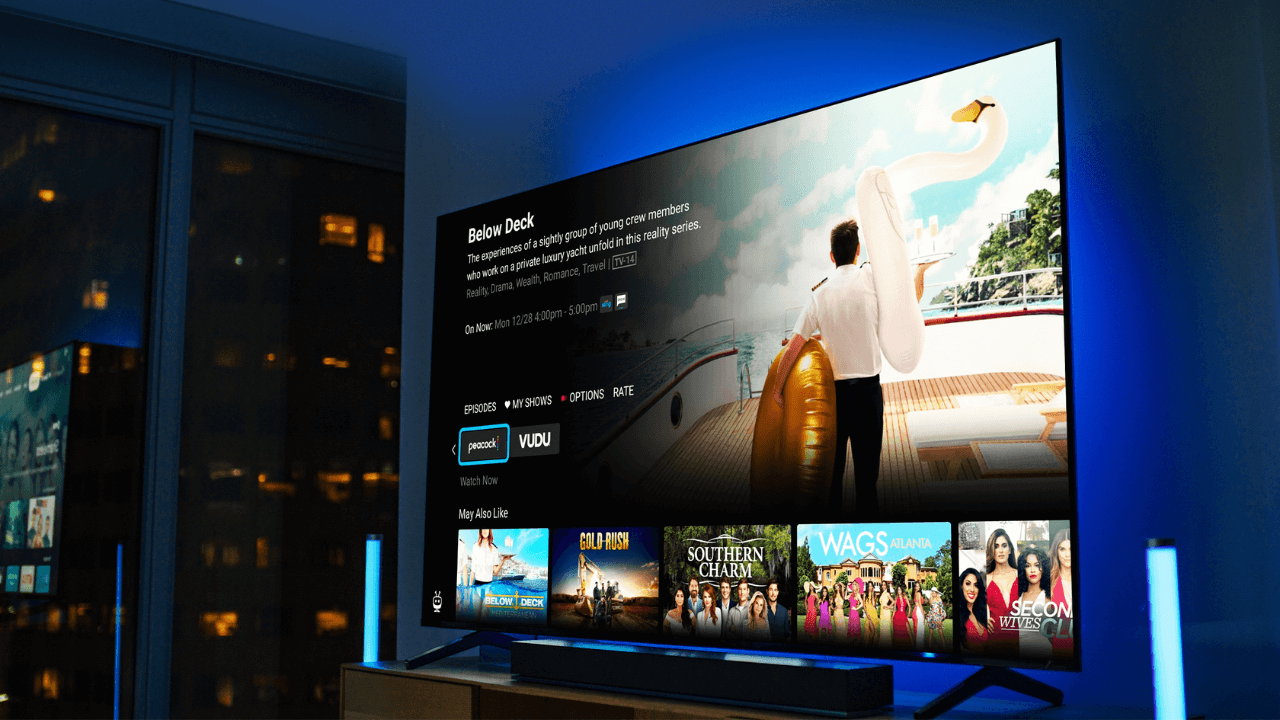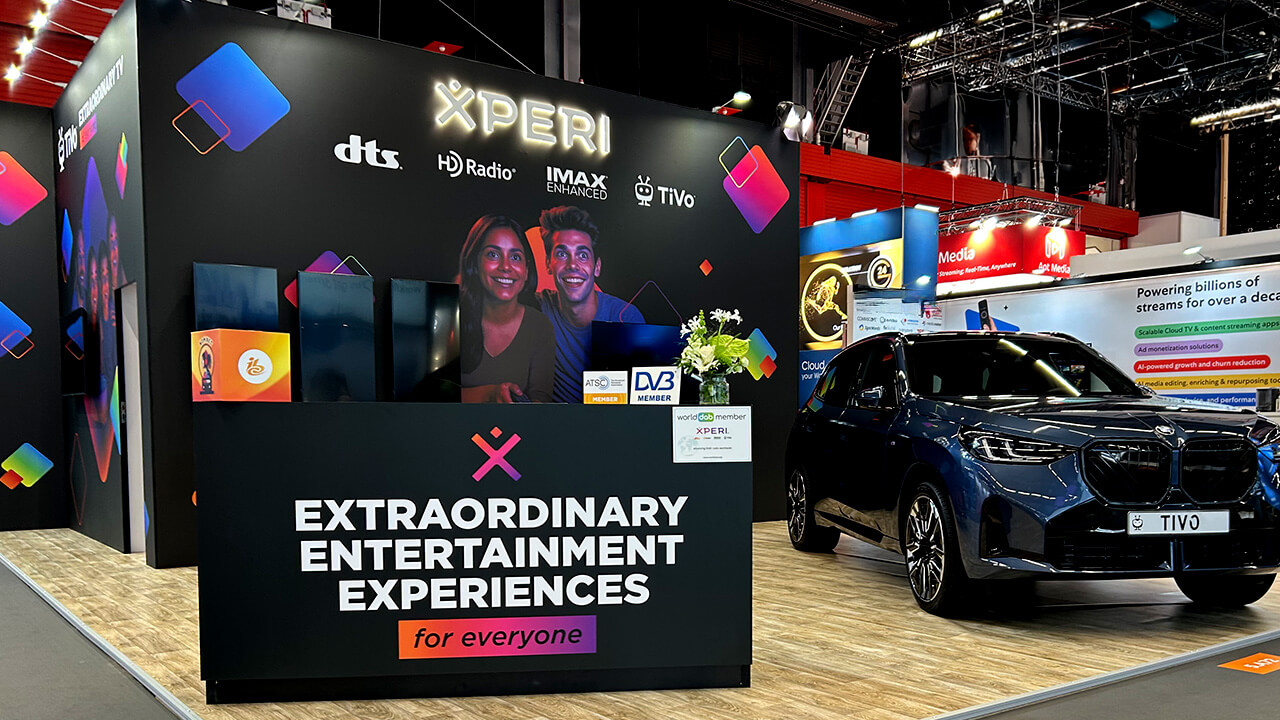Many consumers are feeling the pinch when it comes to the cost of content with a rising number of platforms to subscribe to and an increased cost associated with each subscription — just recently the likes of Hulu and Disney+ announced they’re raising their prices this fall. With the current model, it may seem like streaming providers are coming out on top, but this is far from the truth.
In today’s landscape, apart from Netflix which has cracked the code on leading in the streaming landscape, most streamers are struggling to get to scale and profitability. There is an increased level of competition, with every provider creating a streaming service — there are over 2,000 services within the U.S. alone, as of last year — and even brands like Chick-fil-A are throwing their hats in the streaming ring. But since streaming providers are now selling directly to consumers, there is an increased upfront cost that is preventing growth in the space, especially when compared to the traditional linear model which was able to earn revenue through a variety of paths inclusive of people’s subscriptions and advertisements.
Part of the challenge with the direct-to-consumer distribution model is that it has been difficult to price differentiate in the same way linear television could. But this is changing as technology has evolved. There are now new doors opening for streamers to “be smarter” by offering the same content to people with differentiated pricing. Now in the streaming landscape there are two major revenue models in addition to the classic pay-per-view model from the linear era — conditional access and ad-supported. Conditional access gives consumers access to all the content they want through a subscription whereas ad-supported is free or at a low cost with ads.
While a salve, I’ve found myself wondering — are there better ways in which those within the streaming entertainment ecosystem can lessen the cost of content for consumers and improve profitability for streamers?
Challenges to the model
It’s important that there are different pricing models both for consumers and the providers themselves. The rising production and content acquisition costs are significantly impacting the streaming model. Streaming providers in the current model are not just repurposing TV shows and movies created by big studios, but in many cases, they themselves are studios and tasked with creating the next big show or blockbuster movie. This has upped the cost of content significantly for the streaming providers, and therefore the consumers who are bearing the burden of that higher sticker price.
This is compounded by the fact that consumers have the most choice they’ve ever had. Long gone are the days when a family would have one cable package with a couple of premium channels. Because families and individuals are signing up for on average 9.1 services, they’re paying on average $140.06 per month for their entertainment according to the latest TiVo Video Trends Report. Showcasing that the cost of content is steep for consumers.
Consumers are creating their own DIY bundles without realizing it. Picking from a mixture of streaming services, linear TV and more to cobble together the content they want and — ideally — at the right price, which is becoming more of a challenge. Although a workaround, this in-a-pinch fix has led to a trend of higher subscription churn but could be a stickier option if providers stepped up more frequently to create these cost-effective, content-heavy bundles.
We’re already seeing this come into play, particularly over the last year. Streaming providers create bundles for sports and operators and telecommunications companies offering free subscriptions to streaming services for a specific term. Platform owners taking advantage of bundling is an increasing trend that I find especially interesting. Broadband and cell phone operators, like T-Mobile, are bundling content services with their phones and broadband subscriptions to make the service stickier. These bundles lower churn and by subsidizing popular services like Netflix, Disney+ and other valuable services, consumers gain the content they want, content owners gain subscribers and platform owners gain longer-term customer relationships in what is a competitive, high-margin business.
Although these bundles are proving to be of great value, where I see the tides starting to change even more is when providers start taking advantage of the power of advertising.
A solution that benefits consumers — and streamers
In order to bring the cost of content down for all players — particularly streaming providers and consumers — monetizing the entertainment experience and providing new avenues for advertisement throughout the connected TV experience is the path forward. As we already know, the rise in ad-tiers is a way to significantly bring the cost down for consumers. The advertisements running before, during and after a show or movie on an ad-tier subscription is just one of the ways this monetization can come to life. From advertisements on the home screen to shoppable ads, these novel places for advertisements will unlock new revenue opportunities.
By opening new avenues for streamers to earn a profit through advertising, they’ll likely be able to turn the page on profitability. This not only benefits their bottom line, but ultimately gets refunneled into more and better content for consumers.
While profitability is important and will enable a better entertainment experience, the continued focus for streaming providers and all those within the ecosystems needs to be on creating an experience for consumers that is meaningful. Both when it comes to the entertainment itself and the advertising experience. They need to feel that they’re getting relevant and entertaining content throughout all stages of their journey.
By doing so, providers will win in the long run and forge a new path forward that will redefine what the cost of content is. A more profitable path for streamers and a world with alternatives at different price points for consumers. A win-win in the entertainment industry.
Learn more about TiVo helps make search and discovery of content choice simpler here.



